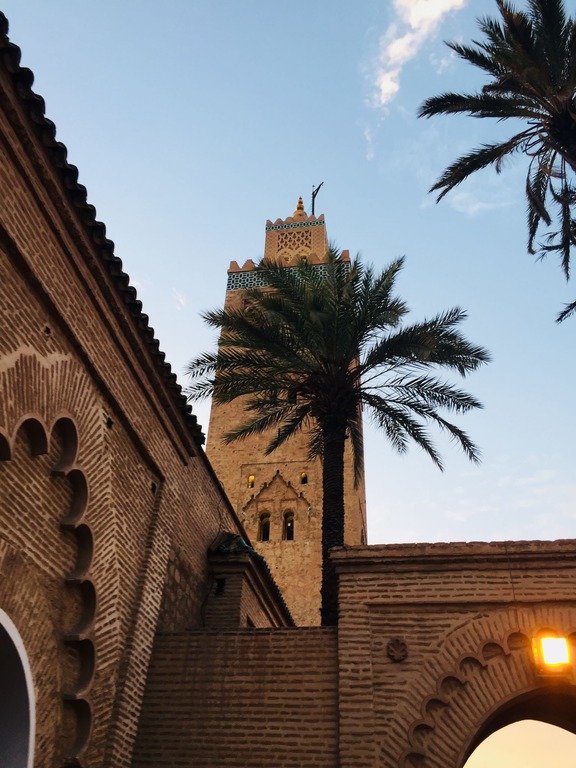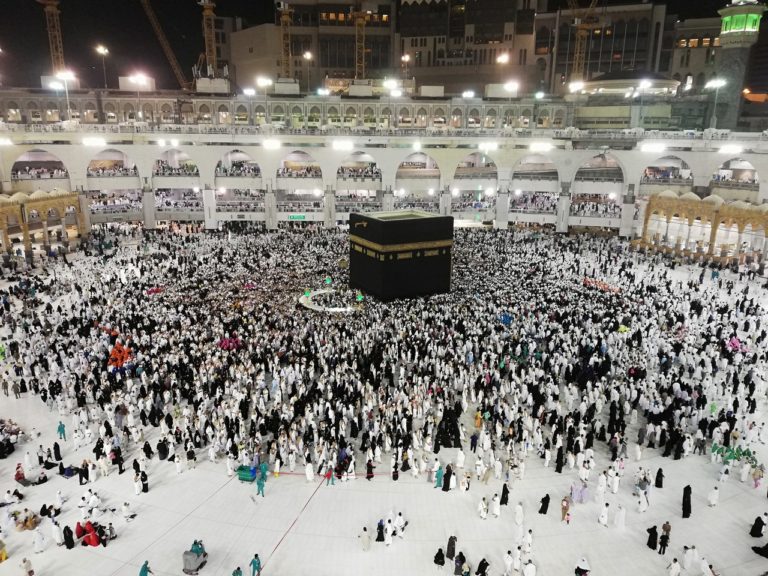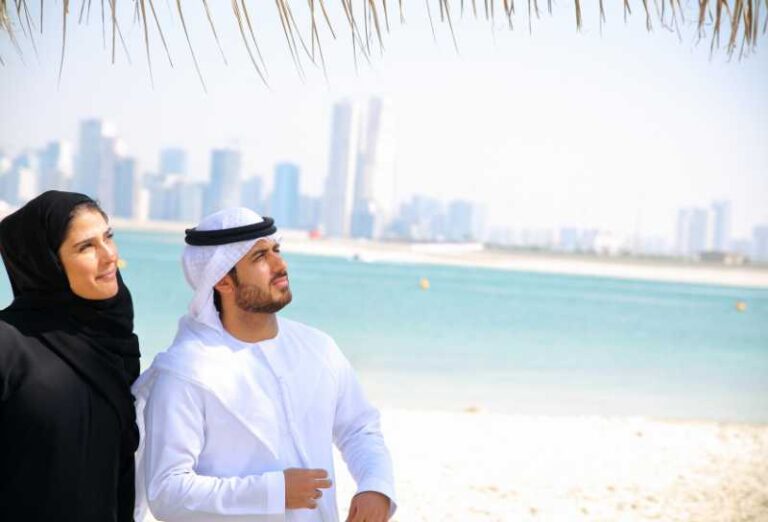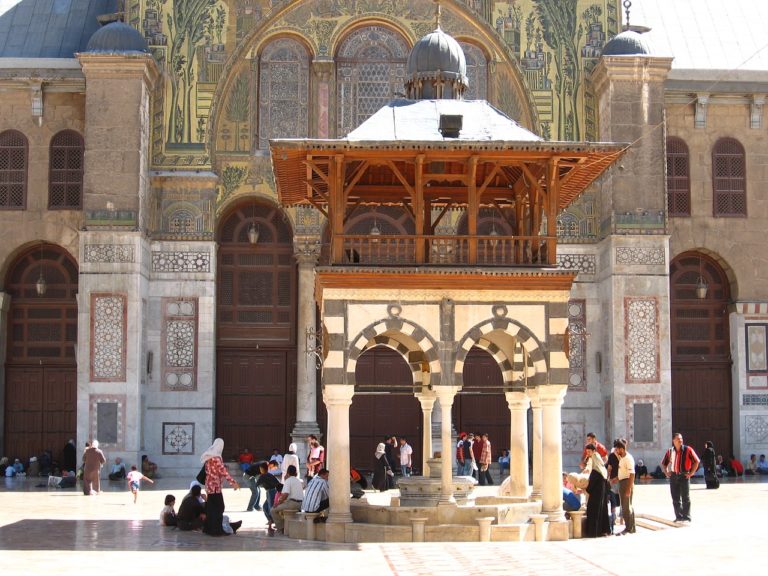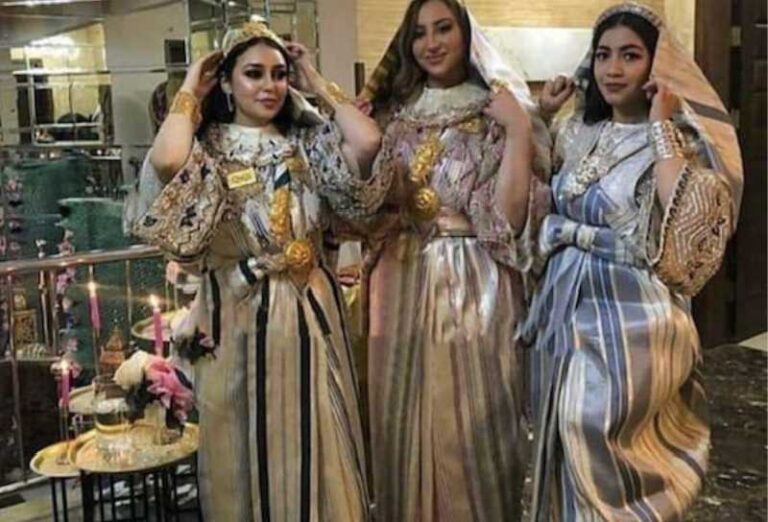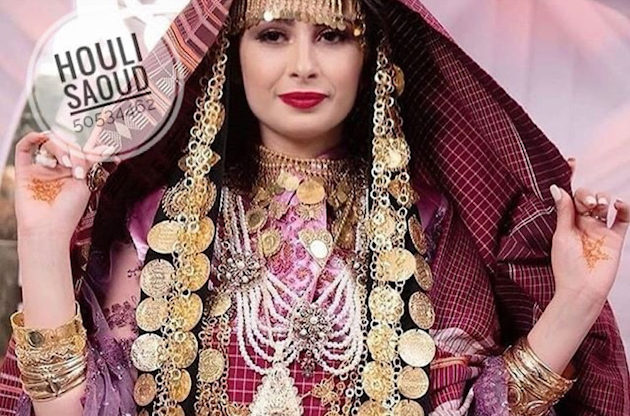Algeria: Traditional Clothing
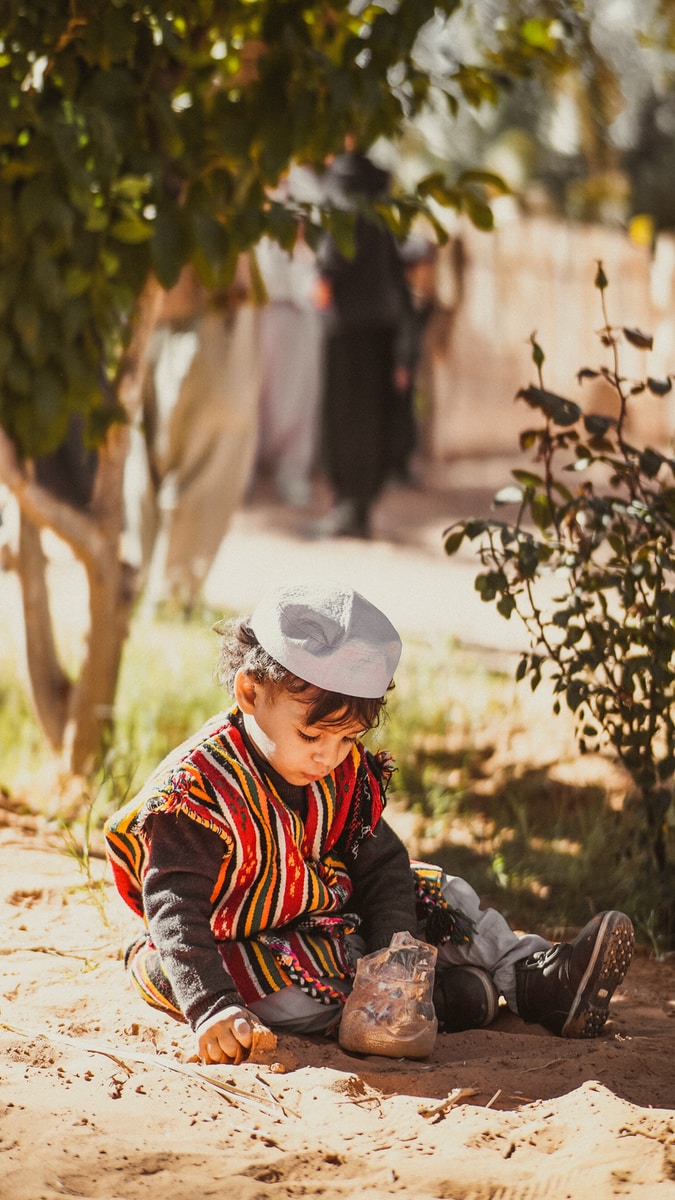
Similar to Tunisia and Morocco, traditional clothing in Algeria can be categorized into urban and rural dress etiquette.
Though women’s clothing was subject to more outside influences and changes than men’s, there are still many garments and staple items that showcase ancient Andalusian and Ottoman pull.
In this article, we explore the various pieces that constitute traditional Algerian clothing.
So, read along to learn more about the Tuareg, the Kabyli, and the northern folk of Algeria and how their fashion is deeply entrenched in their ethnic identity and part of the Algerian culture
Table of Contents
Traditional Women Clothing in Algeria
Although women of Algeria somewhat abandoned traditional dress in favor of more modern Western styles by the 20th century, the Biskra region has managed to resist that transformation for quite some time.
This is in part due to the fine quality of garments as well as their intricate designs, courtesy of traditional Andalusian influence.
In Northeastern Algeria, women primarily heavily embroidered velvet Kaftans with gold and silver accents.
These divine Kaftans showcased the elaborate stitching prowess of artisan dressmakers.
Some of the most common touches included floral and arabesque patterns in bright yellow, orange, green, and blue silk threads.
In addition to that, women wore a short and tightly fitter vest or bolero jacket, also made from the same materials and embroidered using the same gold and silver detailing.
The use of such rich threads was an indicative sign of luxury, wealth, and opulence. So in this context, the richer the family, the more prominent the use of metal threads in clothing.
When leaving the house, Algerian women would wear a large cloth outer layer called Haik in Arabic.
The Haik was typically made from an all-natural white or cream blend of cotton and wool.
This robe covered the women’s body from head to toe, it was wrapped around in a way that her face was covered too with a small opening for her eyes to see out.
A less conservative option would be wearing a face veil that is separate from the Haik. Rural women in Algeria shared many common pieces of clothing with their counterparts in Tunisia and Morocco.
For instance, a heavy dark cotton and wool blend cloth was tied at the shoulders or pinned using big silver brooches.
This outer garment is known as Tizerzai in Berber dialect. This item of clothing was usually plain, but there’s a more detailed version featuring a large checkered pattern.
In addition to that, most of the dresses were tied around the waist using a metal belt or a large sash.
Single women often wore belts in white and blue shades, while red was solely reserved for married women.
Traditional Men Clothing in Algeria
Northern Algeria represented the most populated region in the country prior to the French invasion and colonization.
Men in Algeria wore many similar garments to those who lived in urban areas in North Africa.
The typical outfit included plain white cotton shirts with puffy sleeves and an open collar. This was layered with an embroidered waistcoat and an additional tight fitted vest.
The bolero-like jacket was also embroidered and the amount of stitching and type of materials used would indicate the social class and status of Algerian men.
In addition to that, they also wore Turkish inspired trousers called Sirwal. These trousers are really baggy and designed using an ample amount of cloth and cuffed at the knees.
They’re usually tied at the waist with a pull string. Some men also wore knee-high stockings that joined the bottom cuff of the trousers.
For footwear, the shoe of choice was a pair of slippers called Balghah and made from leather in a style that is exclusive to Arab countries.
The baggy trousers and the puffy shirt were joined at the waist with a large sash made of silk or some blend of cotton and taffeta.
The sash is then wrapped around the shoulders then tied at the midriff by sticking the loose end in and around itself.
Nobility men coming from a wealthy background would usually stash a fancy dagger into that belt, and later on a pistol.
On the other hand, those living in urban areas usually wore a red felt hat featuring a long black tassel.
This is the standard North African fez, though in Algeria it’s more commonly known as Shashiya or Chechia.
The quality of the hat, whether it’s a rough fabric for everyday use or a luxurious one adorned with a black silk tassel marked the social class and status of men.
Moreover, this hat was sometimes paired with a wrap cloth at the bottom of the cap.
Again, the more expensive and extravagant the cloth, the higher their status. In the winter, Algerian men wore a long hooded cloak called a Burnous or Salham.
With that said, men living in more urban regions wore a shorter version of this cloak, made to suit all seasons.
Interestingly, this form of dress was later adopted by French military officers, though was never part of their official clothing.
Both Berber and Arab rural men tended to wear clothes determined by climate. That is to say based on whether they lived in the mountains, on the barren plains and deserts, or on the Mediterranean coast.
However, unlike Northern Algerian folk, rural clothing was much rougher in structure and feel since the contents of their wardrobes were primarily homemade.
Moreover, rural men also wore long woolen robes sewn in the front with a hood called Djellaba, and instead of the standard red cap, they usually opted for a turban known as Shaysh.
This headwrap is typically long enough to cover the nose and mouth to protect the wearer from sand, dust, and the cold.
Clothing in the Kabyli Region
Women in the Kabyli region usually wore colorful dresses made of bright shades of green, yellow, pink, blue, or plain white cotton fabric.
These dresses are meant to cover the whole body and fall right above the ankles.
Furthermore, the shoulder and chest area was typically adorned with a set of ruffles designed from the same textiles and materials of the dress.
Sometimes, it was also decorated with trimmings and fringes often in red, green, and black.
The skirt part was also embellished with ruffles and fringes alongside the knees to the bottom hem.
As for the headpiece, it covered their entire head of hair, much like a scarf tied neatly in the front or on the side.
When going out, women of the Kabyli region also added an outer layer that is similar to Haik to conceal the entire body as well as part of the face.
Today, women of this region wear traditional fashion as a loud statement of Berber identity pride.
Clothing in the Tuareg Region
The Tuareg are Berbers living in the southern region of Algeria and extend to the southwestern area of Libya, as well as the Saharan parts of Niger, Mali, and Burkina Faso.
They have very distinctive forms of dress that set them apart from most of their neighbors.
Tuareg men wear big turbans called Tagelmust made of cotton fabric dyed in deep shades of indigo.
These turbans are extremely excessive in length, with most being approximately 16 feet, or 5 meters long.
Tuareg women also wear headscarves called Erkerkey or Adalil that drape over the shoulders to cover the face when needed.
The casual everyday wear consists of a long dress made from one large piece of fabric that is then tied at the shoulders.
This dress is called Tesoghelnet and is very reminiscent of the Milhifa of the Hassani Arabs in South Morocco and Mauritania.
While men wear a long poncho-like dress with large open sleeves. The front features some embroidery elements as well as a crocheted applique attached from the neck to the pockets.
There are several layers in addition to the standard vest, overcoat, and baggy trousers.
Both men and women in the Tuareg region wear a type of sandals known as Iragazan or Tadakat.
These are usually made from a series of leather straps painted in crimson reds and deep blacks and sewn together and cut into various shapes.

